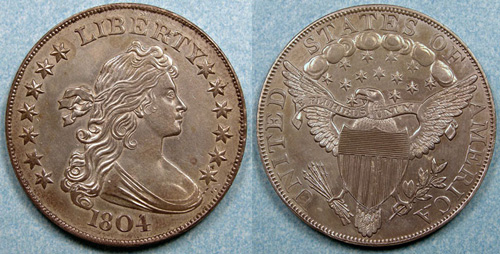Margie took some pictures at the Long Beach Expo last week.
Here's Tom somewhat inundated with new purchases:

As you can see, Tom brings his organizational skills to the coin shows (see our December 22nd blog post):
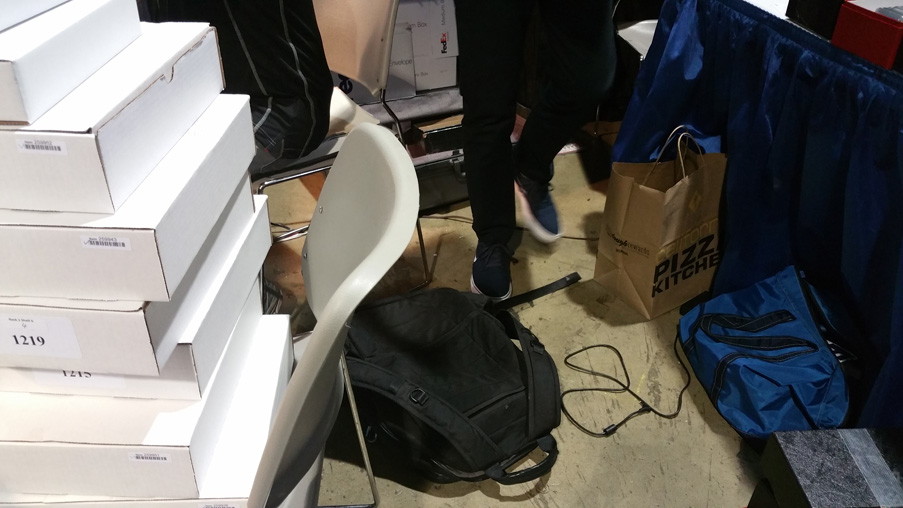

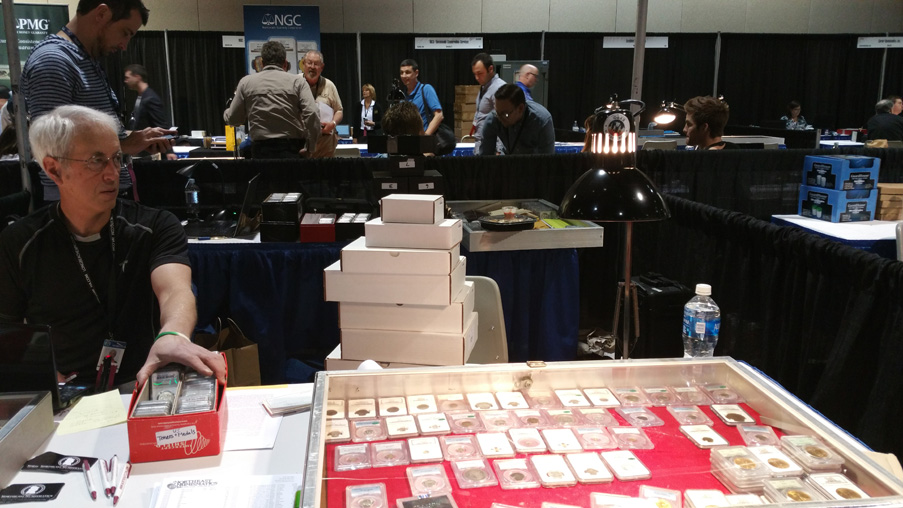
We ordered a King Cake from Paul's Pastry in Picayune, Mississippi. (Picayune happens to be where Chris went to high school.) Yummy!
In honor of the holiday today, here's a numismatically related Mardi Gras item:
A So-Called-Dollar (HK-626) struck in 1892, Augusta GA.
Here are the details…
Obv. Crowned male head facing l.; to l. Augusta, Ga.; to r. Jan. 1892; above bust, around Carnival & Mardi Gras; below King Cotton; beaded border.
Rev. Jester or clown doing jig or dance (it looks like a jig to me); in r. background is group of tunic-clad soldiers holding shields and long upright lances; in l. background is two-horse chariot carrying two men, one holding high a banner; above all Souvenir of Our Carnival; beaded border.
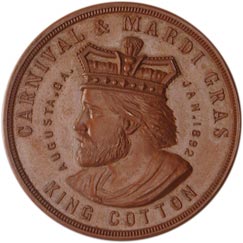
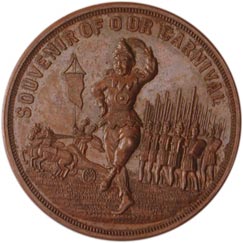
Yesterday Brian was wondering what the difference was between semissis and tremissis was…and so here it is…
The Byzantine Gold Solidus is a coin from the ancient Byzantine Empire. The word Solidus is a Latin word meaning 'solid'. The plural of Solidus is Solidi (from which the phrase ‘do me a solid’ was perhaps born). Solidus was introduced by the great emperor Constantine in 309-310. The coin was produced and used through the whole Empire of Byzantine. The Solidus is a solid and pure gold coin with high purchasing power. These coins were usually marked as wealth and were never used by the common citizens. Solidi were primarily used to make military payments. During the campaigns against the 'Vandals' the Solidi were paid to the Roman soldiers to arrange for transport and house.
The term 'Soldier' derived from the Solidus, to describe the persons who were paid by Solidi. The coins introduced by Constantine had a value of 1/72 of a Roman pound that comes around to 4.5 grams. The thickness of the coin was less than aureus.
The Solidus was produced in two forms, 'semissis' and 'tremissis'. The half Solidi were known as 'semissis' and one third Solidi were known as 'tremissis'.
The Constantine coinage collapsed during the barbarian invasions in the early 5th century. By the time of Anastasius in 491, only the solidus, semissus (1/2 solidus) and tremissis (1/3 solidus), and a tiny copper coin called the nummus (1/7200 of solidus) had survived. In 498, Anastasius introduced a series of multiples of the nummus. The most important of these is the follis (worth 40 nummi). The follis was used extensively for the next 6 centuries and its creation is considered a good starting point for the history of Byzantine coinage.
Northeast Numismatics is pleased to offer both semissis and tremissis on a regular basis should you be interested.

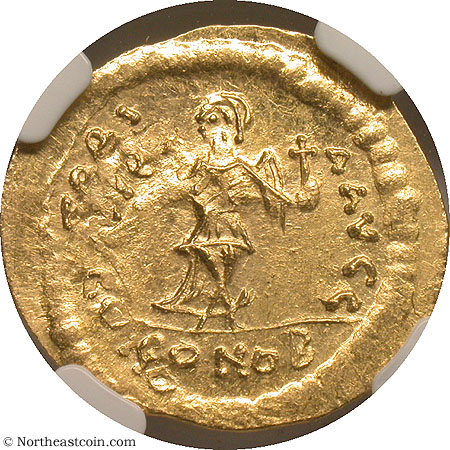
The 1804 Silver Dollar is one of the rarest and most popular of all American coins, despite the fact that none were made until 1834 and several were even made many years after that. Mint reports from 1804 show a delivery figure of 19,570 Silver Dollars, but numismatists believe these were all leftover coins dated 1803. Certain qualities of the known 1804 Silver Dollars (and other facts concerning their history) indicate that the first 1804 Silver Dollars were struck in or about 1834, when orders came from the State Department for special sets of coins to be struck for diplomatic purposes. Later restrikes were made sometime after 1857 (a unique example shows the undertype of an 1857 Swiss Shooting Thaler!).
It is also currently #1 in the 4th Edition of 100 Greatest US Coins.
